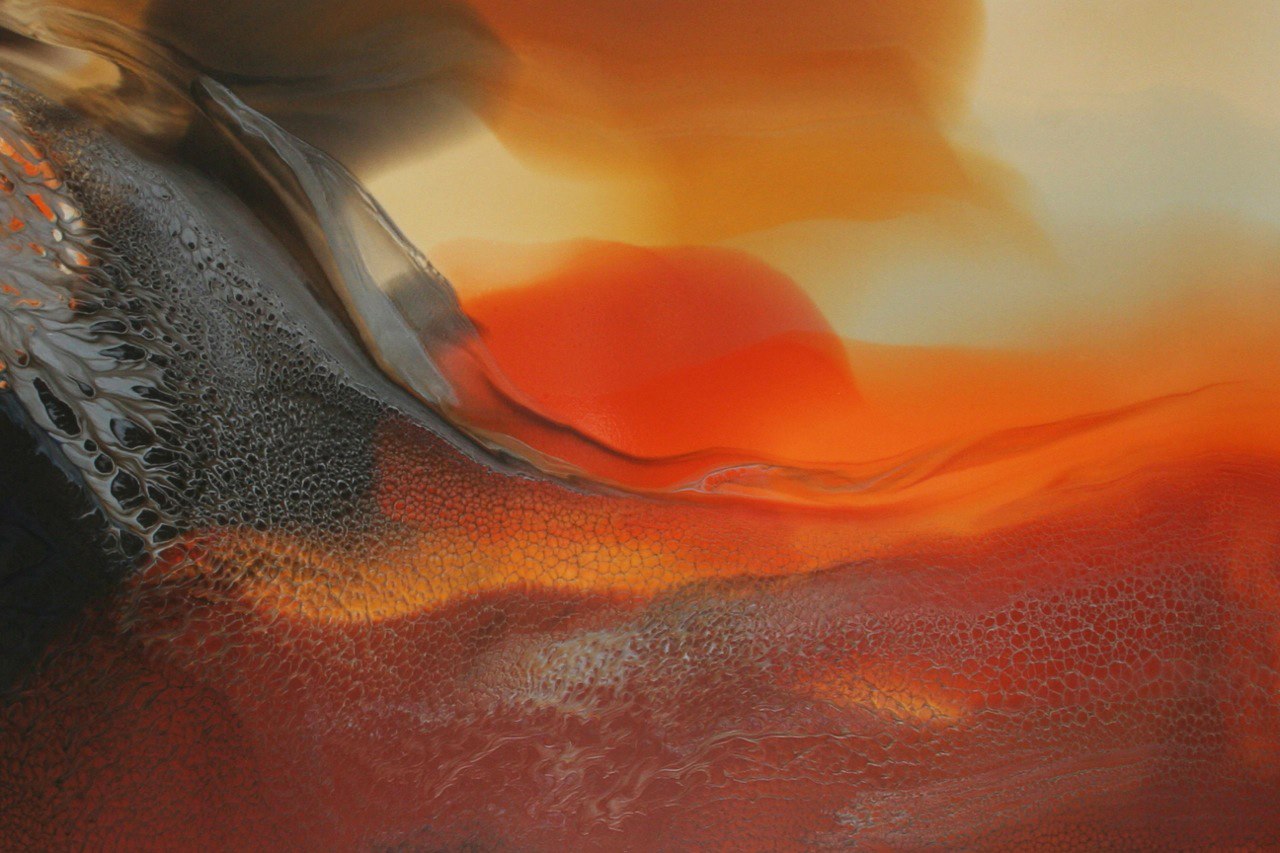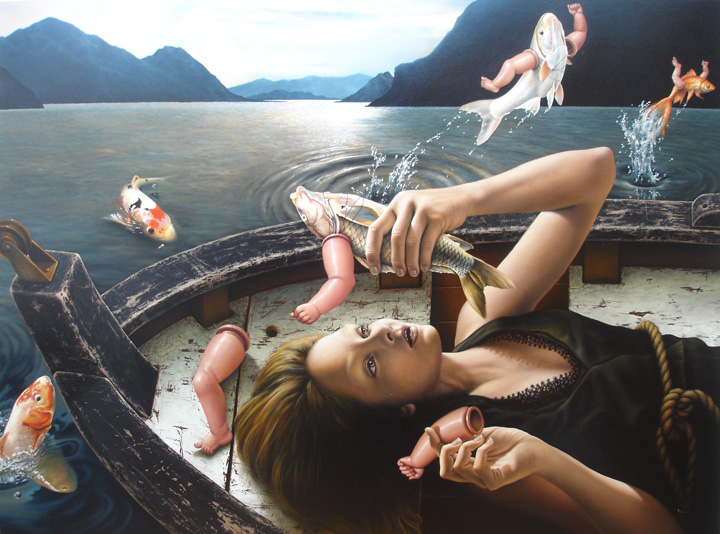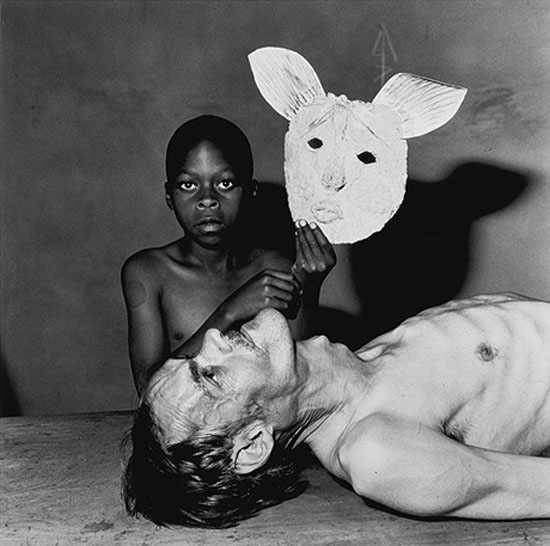
Jennifer Wolf: Landscape | Wolf unveils an exquisite series of fluid abstractions. The paintings are composed using ground mineral pigments, which she has been collecting from geographic sites for over a decade. Utilizing the varied properties of the different minerals, the paintings employ intuitive gestures to produce nuanced layers and organic textures. Wolf's Landscapes compel the historic definition to reach beyond notions of 'depicted image' to include abstraction as a 'scape' and 'land' as a 'medium.'
Jennifer Wolf grew up in Southern California hiking the Santa Ynez and Santa Monica Mountains. This intimate connection with the landscape led Wolf to explore using the earthen colors she saw around her and to learn the early painting techniques of transforming collected minerals into useable pigments. This led to a progressive innovation past simply reviving old world techniques, as she began to combine these organic minerals with state of the art acrylic mediums.

Juan Uslé: Entre Dos Lunas | Uslé's abstract paintings combine color, form and structure into rich compositions marked by transparency and complex surface entanglements. Geometric structures of shimmering, luminous bands are overlaid with organic elements that convey tension between order and chaos. Uslé mixes his own colors, and works with dispersion, dry pigment, acrylic and vinyl on canvas.
Uslé finds inspiration for his work in the opposing centers of his life: the chaotic streets of New York, and the bucolic countryside of northern Spain. The title of this exhibition, "Entre Dos Lunas", evokes this sense of "betweenness," and which is carried through to the titles of individual works: from the English 1987 Tompkins Square and The Ice Storm , to the enigmatic Spanish Tejido de Aventuras (Tissue of Adventures) and Siete Suelos (Seven Floors).

Jorge Santos: Paintings | Santos' paintings are a profound display of picture making for the sheer purposes of formulating an all but transparent narrative via highly technical draftsmanship and paint handling. As a self-taught artist, the evolutionary process of Santos' work is often subject to reconfiguration, repositioning, and refinement until the grand conclusion is met. Narrative is of such importance that even compositional concerns may be subordinate to the inclusion of a necessary motif in the storyline.
Though highly refined and emotive, a Santos painting may have a poetic title but this is not a necessity, it's just by way of the artist's improvisational nature. He seems to be commenting on pop culture, derives source material from TV, Internet videos, and other mass media but is humble and quite reluctant to be billed as a social critic. In his pictures, settings come off as irrational or precariously balanced, moods are secretive, illusory, and often ambiguous but there is no argument to their blatant allure and charm over the viewer. These complexities may seem to deliberately provoke interpretation but Santos will only entertain his personal opinion that he is simply an image-maker.

Jeff Koegel: Slow Chemical Orchestra | In the essay 'Orchestral Maneuvers in the Shade' written for Jeff Koegel's current exhibition catalogue, art critic Shana Nys Dambrot writes:
The concept of "slowness" comes up in speaking with Jeff Koegel about his painting practice, because the remarkably measured pace at which he proceeds is germane to both the experience and meaning of his work. At least as fundamental as color theory, pattern, and texture, slowing down and inhabiting nuance also applies to the work's effect on the viewer's eyes, mind, and bodily motion. These complex, intriguing, generous and elusive paintings exist in the fullness of time and in conscious objection to the relentlessness of our world.
Koegel works nearly every single day, and completes maybe six paintings a year. "The biggest enemy of pictures is that there are too many," says Koegel. "Our eyes are endlessly flooded with images," and working meticulously on one single painting over the course of a relatively lengthy period of time is a balm for that condition.

Roger Ballen: Portraits from South Africa | His photographs are as much seductive as they are disconcerting. For 40 years Ballen has used photography to explore some of the most upsetting parts of the psyche while creating a body of unique, startling and beautiful imagery. Ballen's photographs have an abundance of textures, archetypal imagery and dream-like juxtapositions. They are complex pictures, exquisitely composed leaving the viewer to experience a tension that lingers.
Born in New York in 1950 and based in Johannesburg since 1980, the trajectory of his work has been from the documentary to the aesthetic and are often staged with recurring themes, props, masks, animals and people in awkward positions. What seems private has been heightened with flash lighting bringing with it a sense of voyeurism. His work has been called dark but to Ballen it's through the dark that one finds the light. "The dark is what people actually refer to as the side of themselves that they're scared of."
For the most comprehensive calendar of art events throughout Los Angeles go to Artweek.LA.